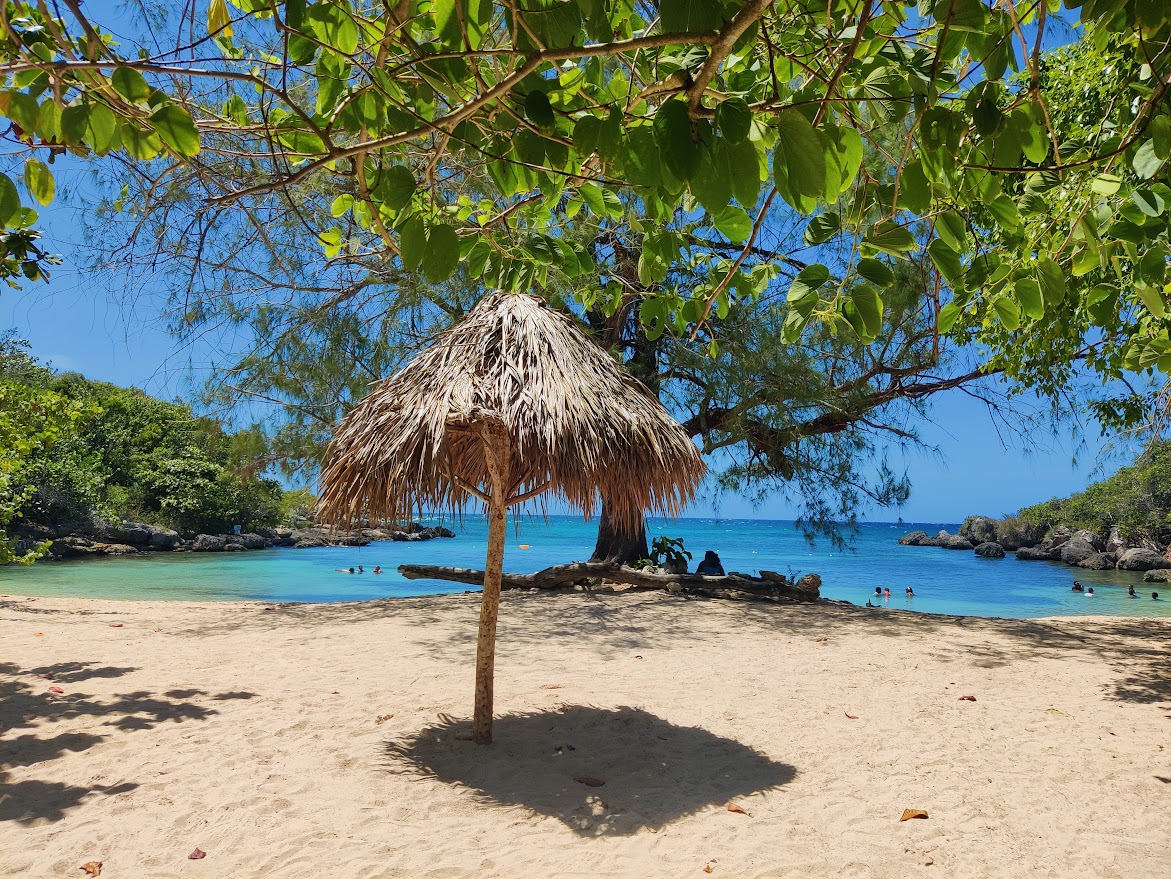Jamaica, an island renowned for its vibrant culture (like the Jamaican Carnival) and stunning landscapes (like the Blue Mountains), experiences two main seasons: the dry season and the rainy season. The dry season typically spans from December to April, offering travelers the epitome of sunshine and serenity. Warm temperatures, little rain, and a lot of sunny days during this time frame make it the perfect time for excursions to the beach, exploration, and outdoor activities.
However, Jamaica also has a rainy season, which occurs from May to November, with the peak rainfall usually in September and October. Despite the name, you can still enjoy periods of sunshine interspersed with short, refreshing showers. The wet season’s lush greenery and lower tourist traffic offer a unique charm, while some areas of the island, particularly the south coast, are less affected by the rain.
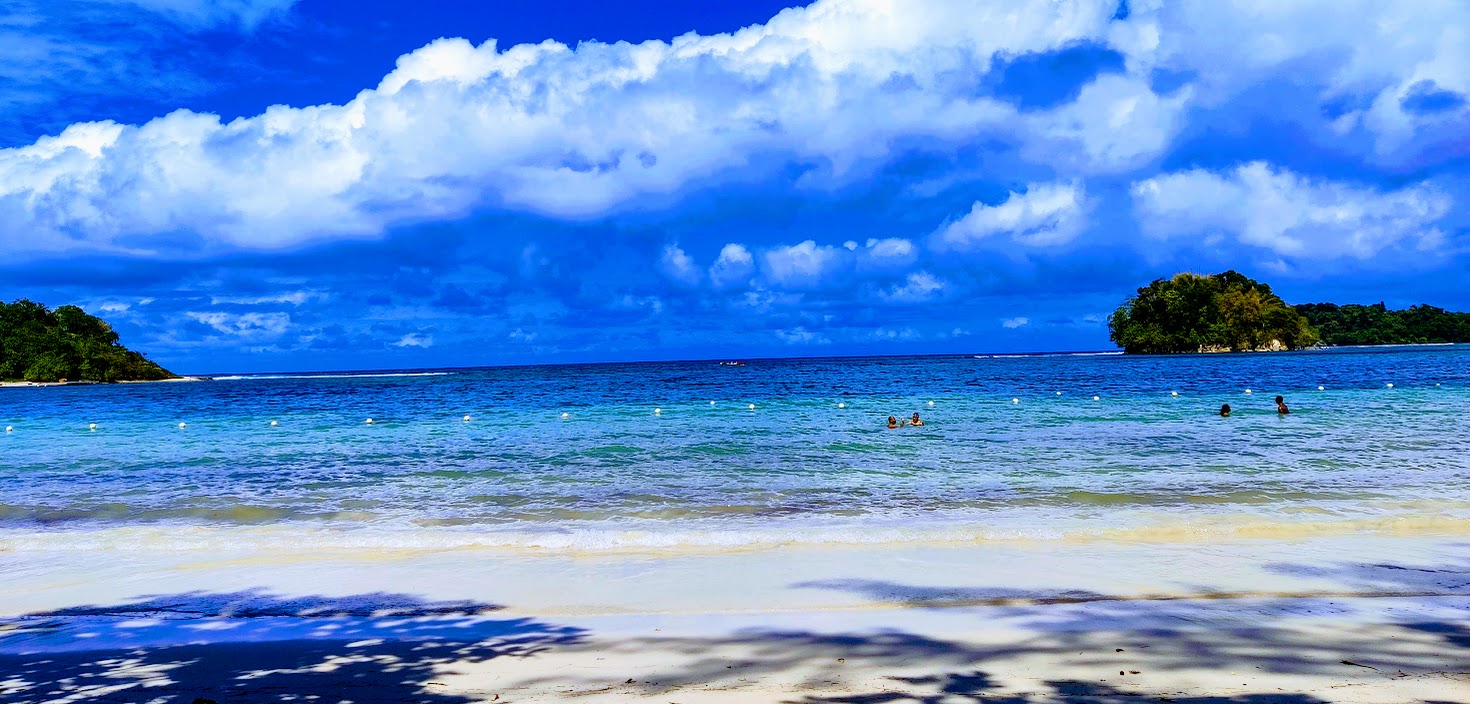
When planning your trip, consider the dry season for consistently beautiful weather or the rainy season for a quieter and potentially more cost-effective vacation. Understanding these seasonal patterns will enhance your experience, allowing you to choose the best time to relish all that Jamaica has to offer.
Jamaica’s climate: What are the Main Jamaican Seasons?
Jamaica’s climate is predominantly tropical, with hot and humid weather, but you’ll experience differences between the dry and wet seasons. This variation plays a significant role in planning your visit.
When is the Dry Season in Jamaica?
Period: December to April
Characteristics:
-
- Lower rainfall: This is when you’ll enjoy less rain and more sunshine.
-
- Peak tourist season: Due to favorable weather conditions, expect more visitors and bustling activities.
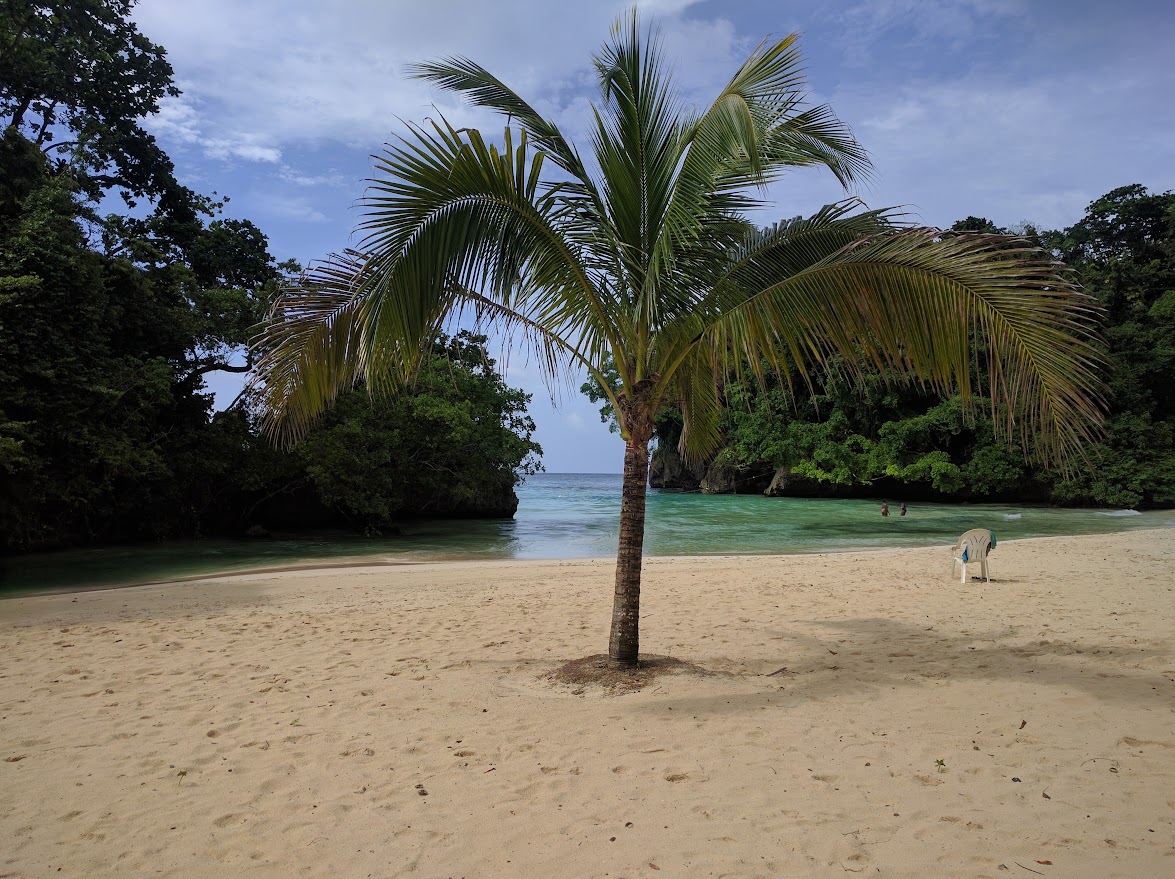
Does Jamaica Have a Wet Season? Yes!
Period: May to November
Characteristics:
-
- Higher rainfall: This season brings more frequent and sometimes heavy showers, especially in the afternoons.
-
- More lush landscape: Increased rains contribute to the vibrant greenery of the island’s flora.
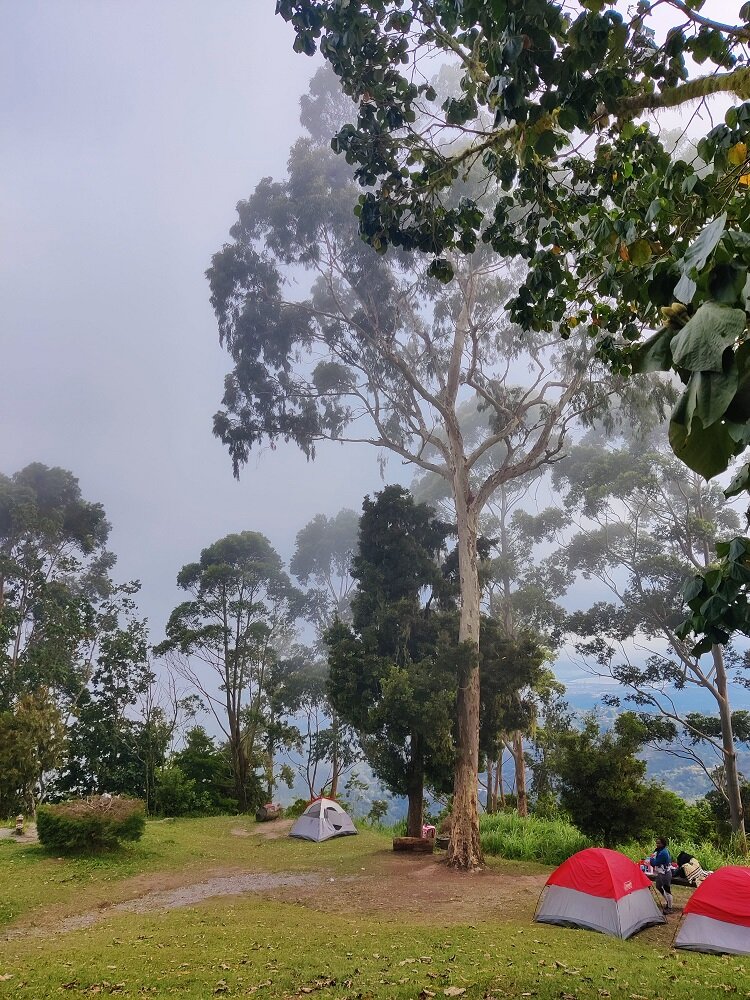
Navigating the Dry Season
The dry season in Jamaica typically runs from early December to April, presenting optimal conditions for travel with minimal rainfall.
Best Practices for Travel
-
- Plan Ahead: Secure accommodations and activities early, as this is a peak tourist season.
-
- Stay Hydrated: Always carry water with you, as temperatures can soar.
-
- Sun Protection: Use sunscreen, hats, and UV-protective clothing to shield yourself from strong sunlight.
-
- Cultural Etiquette: Respect local customs and dress codes, particularly when visiting religious sites.
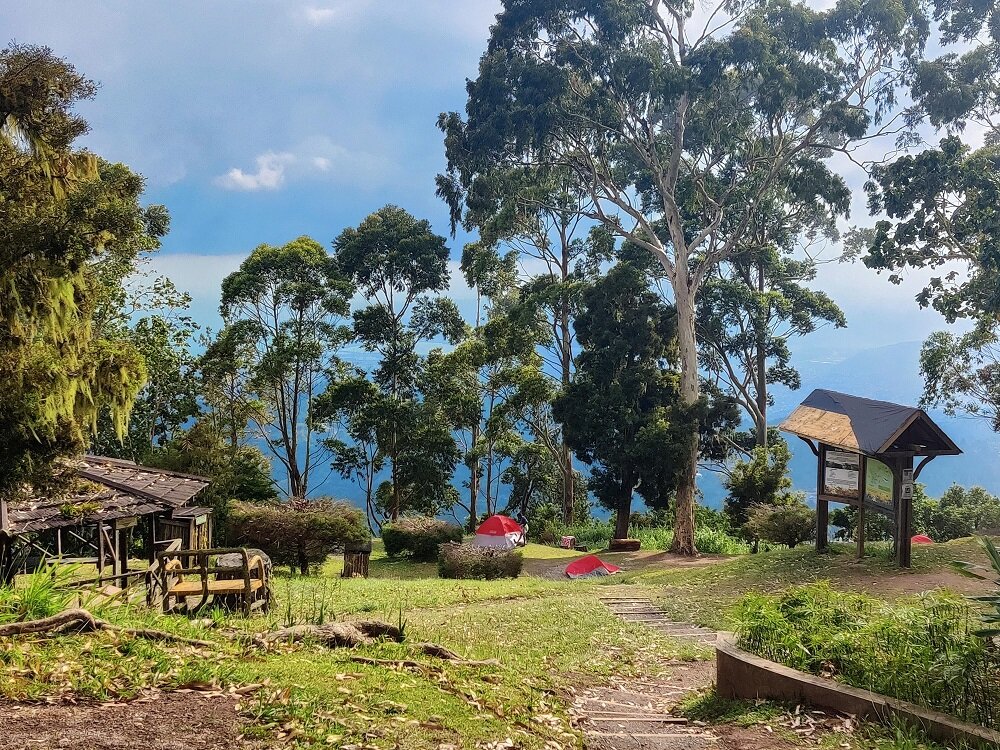
Seasonal Activities
-
- Beach Time: Enjoy Jamaica’s beautiful beaches like Negril and Ocho Rios, where the weather is almost perfect.
-
- Outdoor Adventures: Engage in hiking, zip-lining, or visit the Blue Mountains for breathtaking views and a cooler climate.
-
- Festivals: Participate in local festivals held during this time, such as the Bob Marley Week and Blues Festival.
Experiencing the Wet Season
The wet season in Jamaica typically spans from May to November. During this period, you can expect heavy rainfall, although it is usually short-lived and quickly followed by sunshine.
When traveling during the wet season, consider:
-
- The Climate: Tropical showers are common, especially in the late afternoon. Your days will likely be warm and humid, with temperatures averaging around 30°C (86°F).
-
- Packing Essentials: Bring an umbrella or a lightweight rain jacket. Waterproof gear for your electronics is also recommended.
-
- Outdoor Activities: Trails may be slippery, so proper footwear is important. Beach days are still possible, as rain often comes in quick bursts.
What are the advantages of traveling to Jamaica during the wet season?
-
- Lush Landscapes: The rain turns the countryside vibrant green, perfect for photography.
-
- Fewer Tourists: You’ll encounter smaller crowds at popular attractions.
-
- Hotel Rates: Accommodation prices tend to be lower than in the dry season.
Remember:
-
- Flash Floods: Be alert to weather advisories, as flash floods can occur.
-
- Travel Insurance: It’s advisable to have coverage, especially during this season. Check out VisitorsCoverage, they have flexible and affordable packages.
-
- Flexibility: Have alternate plans as outdoor activities may be disrupted.
Despite the rain, Jamaica remains a beautiful destination year-round. With a little preparation, the wet season can offer a unique and rewarding travel experience.
Travel Tips for Jamaica’s Rainy Season
Visiting Jamaica during the rainy season means you’ll encounter periodic downpours. These travel tips will help ensure a comfortable and safe trip during the wetter months.
Packing Essentials for Jamaica
-
- Clothing: Pack lightweight, breathable fabric that dries quickly. Include a mix of short-sleeve shirts, long-sleeve shirts, and pants for protection against mosquitoes.
-
- Rain Gear: Bring a high-quality, waterproof jacket or poncho. Consider packing a compact travel umbrella and waterproof footwear.
-
- Accessories:
-
- Dry bags for electronics and valuables
-
- Zip-lock bags for additional waterproofing
-
- Microfiber towels for quick drying
-
- Accessories:
Health and safety
-
- Insect Repellent: Apply EPA-approved insect repellent regularly to prevent mosquito-borne illnesses.
-
- Vaccinations: Ensure your vaccinations are up-to-date, including Hepatitis A and Typhoid, which can be transmitted through food and water.
-
- Travel Insurance: Opt for travel insurance that covers medical emergencies, trip cancellations, and delays often caused by heavy rains.
-
- Stay Informed: Monitor weather updates and be aware of flood-prone areas to adjust travel plans as needed.
Get a Quote Below for Travel Insurance

Planning your trip
When planning your trip to Jamaica, consider the dry and wet seasons to maximize your experience. Your choice can affect everything from crowd levels to activity availability.
Timing your visit
To enjoy Jamaica’s sunshine and serene beaches, February to April are ideal months, falling within the dry season. The wet season spans from May to November, peaking in October. For fewer crowds and better deals, visiting in May or November can be advantageous, although you should be prepared for occasional showers.
Dry Season (best for outdoor activities and festivals):
-
- February
-
- March
-
- April
Wet Season (expected rain, potentially lower prices):
-
- May–November
Accommodations and reservations
Book early: Reserve your accommodations well in advance, especially if you plan to visit during the peak tourist season from December to April, to ensure the best selection and rates.
Accommodation Types:
-
- Resorts: For all-inclusive options with beachfront access.
-
- Villas: ideal for privacy and a more personalized experience.
-
- Guesthouses: budget-friendly and culturally immersive.
Reservation Tips:
-
- Compare prices across different platforms.
-
- Look for accommodations with flexible cancellation policies.
-
- Consider travel insurance during the wet season for added security.
